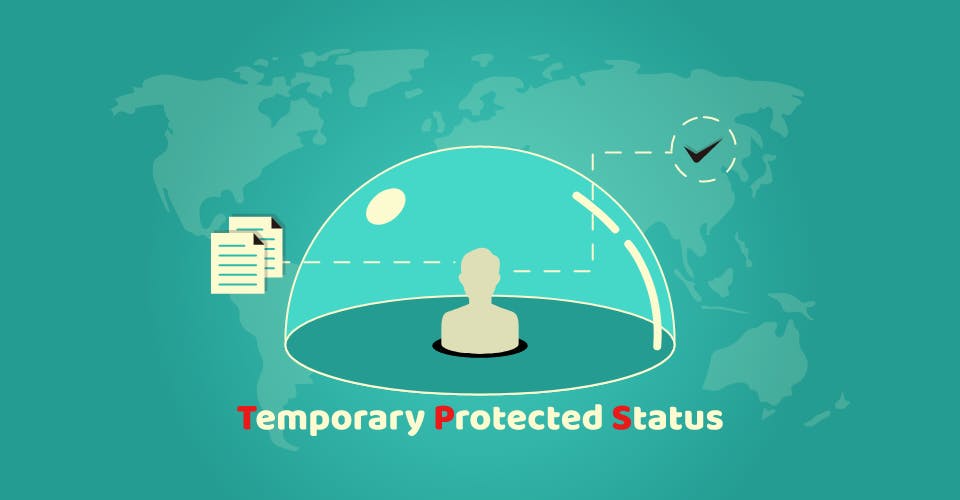TPS, or temporary protected status, does not confer many immigration benefits to those have been approved of this status, however it does leave some room for immigrants to live legally in the United States, and also pursue options such as having an immigrant petition filed on their behalf.
Temporary protected status is something that the Trump Administration tried to undo entirely. The former administration was interested in deporting such immigrants on the basis of them not having legal residence and therefore taking a harder stance in terms of immigration policy. However, the Biden Administration has sought to give those with TPS a pathway to a green card, meaning such immigrants could file an I-485 application, and eventually become U.S. citizens.
While this is still much of speculation, those with TPS status still do have some rights and flexibilities. This post is meant to highlight forms and procedures that relate to an immigrant under TPS status, as well as some of the difficulties with filing.
Work Permits and Petitions
Based on U.S. immigration law, an individual who has a “temporary” status cannot file for a green card. This is similar to how international students or non-immigrant visa holders cannot file for a green card directly. The visas are not dual-intent and it is prohibited. However, TPS grantees can file for a work permit. They simply need to fill out the Form I-765, which is covered on this blog, and note their current status.
In addition, even though an individual is not allowed to file an I-485, they could still meet the conditions of having another green card holder or U.S. citizen file an I-130 Petition on their behalf (if such a legitimate relationship exists). This would start the process for establishing a relationship between the immigrant and U.S. citizen.
The I-130 Petition Process and USCIS Scrutiny
If TPS grantees were to have an I-130 Petition filed on their behalf, there is a good chance that the USCIS will scrutinize over this application and most likely send the petitioner/beneficiary an RFE—Request for Evidence. This is because the existing beneficiary has not already been in the U.S. on some other type of visa, and the USCIS will likely question the legitimacy of such a petition.
Here are some things to keep in mind when it comes to verifying an I-130 petition and making a sound case to the USCIS:
- That you were not an EWI—Entry Without Inspection, or illegal immigrant
- That your existing status is valid, and that you provide receipt of this status or a photocopy
- If you are a spouse, that you have provided the sufficient marriage legal documents
- If you have TPS, that you are from a country that has been designated a beneficiary of the status by the U.S. government
- That you or your petitioner have both passed Biometrics appointments and do not have criminal records
While it is likely that those with TPS status will endure more scrutiny from the USCIS in having an approved I-130 petition, it is still a legal option, and something that Visa2us covers. For more information on the I-130 process, please see our blog: https://www.visa2us.com/marriage-green-card/i-130














